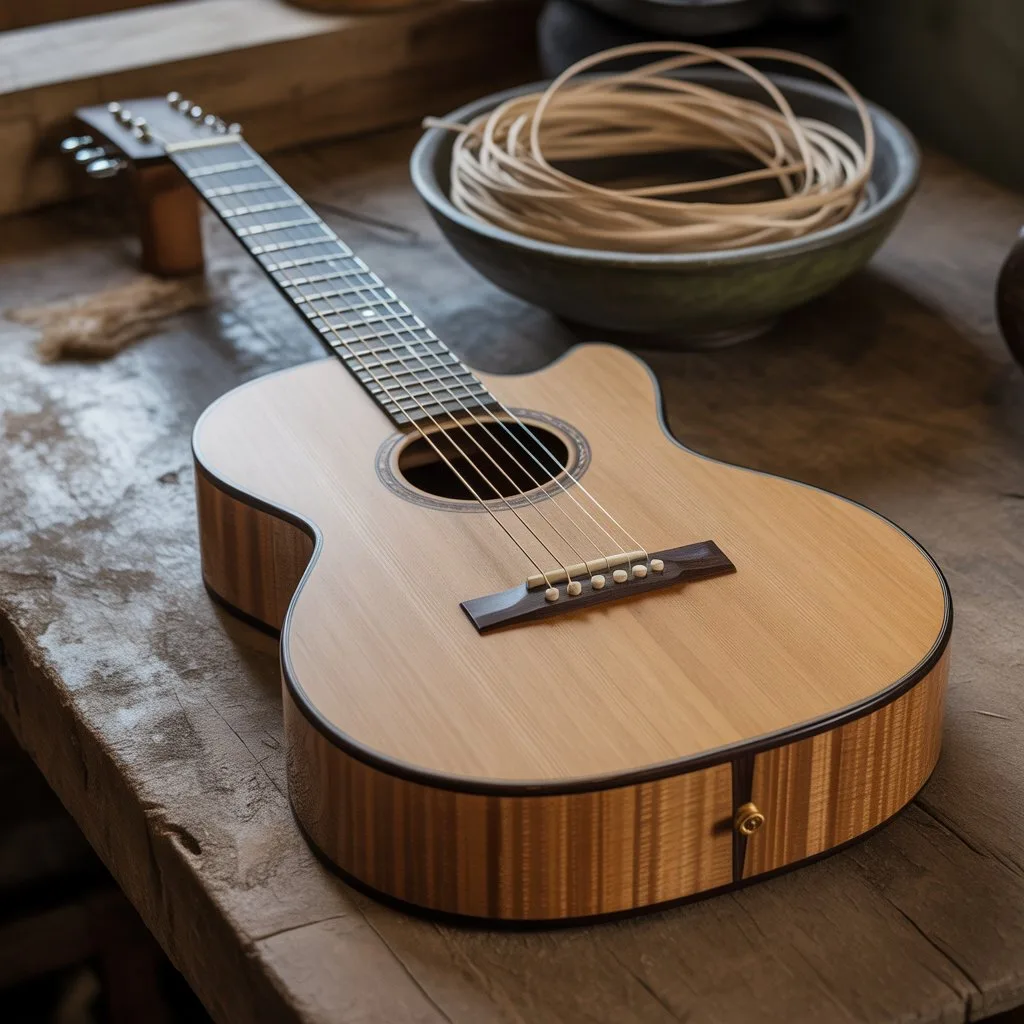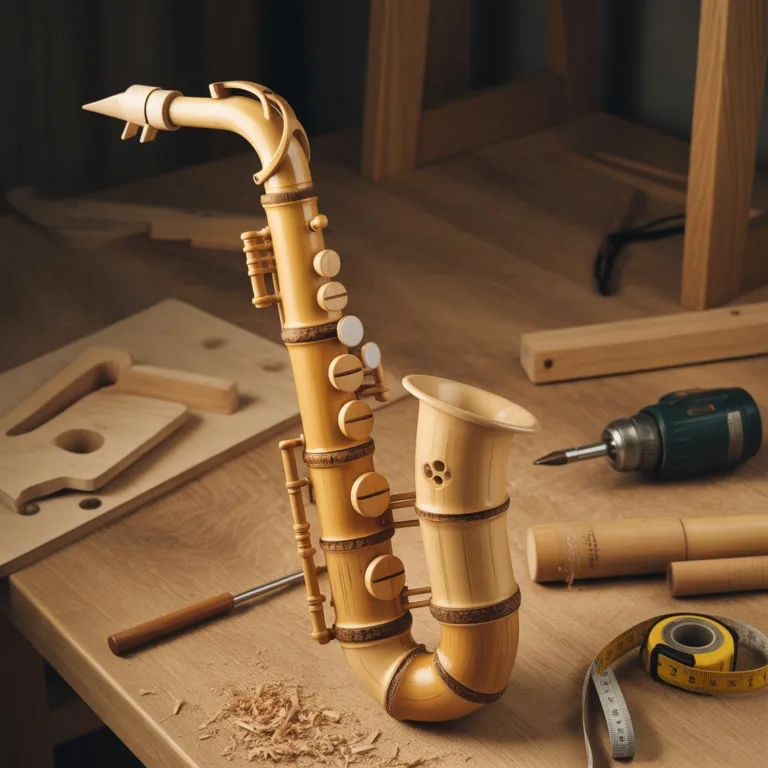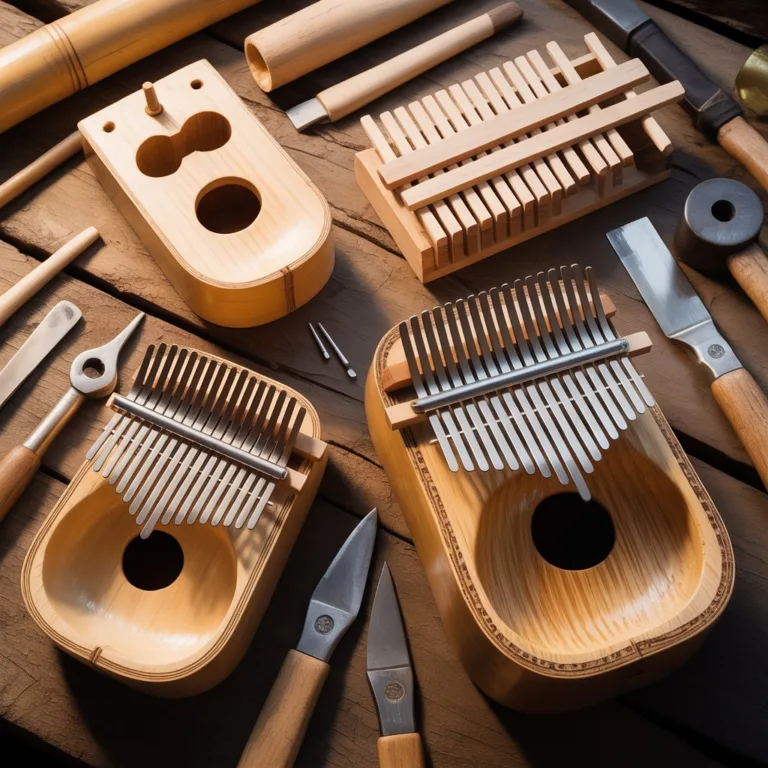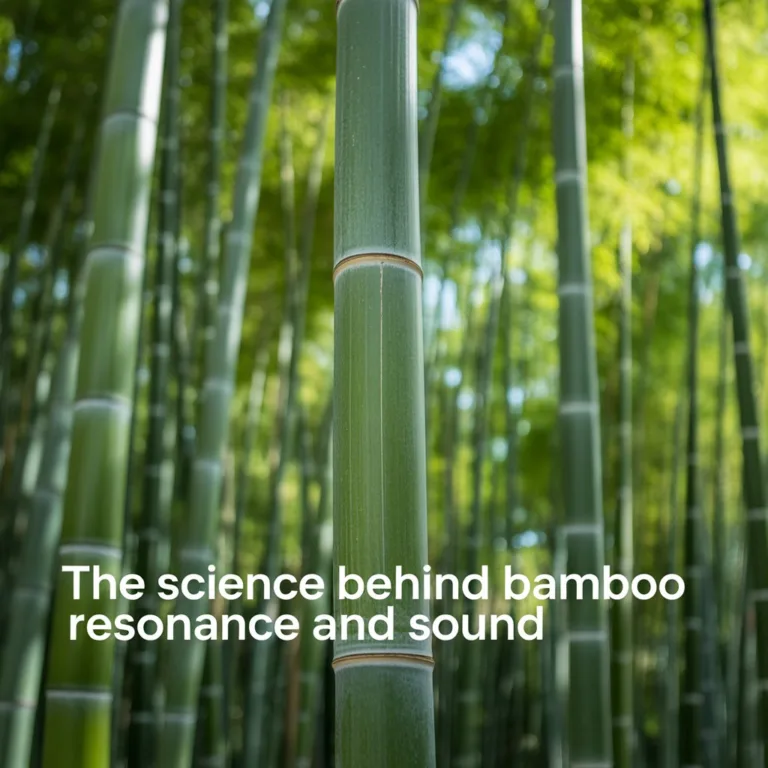Building a bamboo guitar using recycled strings combines craftsmanship, sustainability, and creativity into one rewarding project. This eco-friendly musical instrument is not only functional but also a beautiful example of how natural and reused materials can produce something both artistic and educational. Whether you’re a music lover, DIY enthusiast, or sustainability advocate, crafting a bamboo guitar offers a hands-on way to explore sound, design, and environmental awareness.

Why Bamboo is Perfect for Making Musical Instruments
Bamboo is a versatile and sustainable material prized for its strength, flexibility, and resonance. Its natural hollow structure allows sound to travel and vibrate freely, making it ideal for acoustic projects like flutes, drums, and guitars. Unlike hardwoods often used in traditional instruments, bamboo grows quickly and regenerates without the need for replanting, making it an environmentally responsible alternative.
Using bamboo for a guitar body or neck creates a warm, earthy tone that’s both unique and environmentally friendly. When paired with recycled strings, this project becomes a meaningful example of how repurposing and resourcefulness can replace mass production without sacrificing quality or creativity.
Planning the Design
Before you begin, it’s important to plan your design carefully. Bamboo can be used in several parts of the guitar, depending on what type you want to build — a simple acoustic model, a mini travel guitar, or even a small experimental instrument.
Start by deciding on:
- Size and shape: A small, ukulele-style build is ideal for beginners.
- Bamboo parts: Choose sturdy bamboo for the neck and body. Thick bamboo culms can serve as a natural resonating chamber.
- String type: Recycled guitar strings or even fishing line can work, depending on the sound you want.
- Bridge and tuning system: You can use repurposed wood or metal pieces for the bridge and tuning pegs.
Having a simple sketch or reference photo will guide your process and ensure each part fits together properly.
Preparing the Bamboo
Select mature bamboo that’s dry and crack-free. Fresh bamboo retains moisture and can warp over time, so using pre-dried or treated pieces will make your instrument more durable.
Cut the bamboo sections to match your design dimensions. For the body, choose a segment with one closed node (the solid part inside the stalk) to act as a sound base. Sand the surface smooth to remove splinters and give it a clean, polished look.
If you’re creating a guitar with multiple bamboo pieces, align them carefully and use natural adhesives, jute cord, or eco-safe glue to hold them together. Reinforce any weak joints with additional bamboo strips or recycled wood slats.
Building the Neck and Fretboard
The neck of your bamboo guitar must be strong enough to handle string tension while remaining lightweight. A long, straight piece of bamboo or a recycled wooden plank can work well. Flatten one side slightly for the fretboard area.
For the frets, you can repurpose old metal wires, bicycle spokes, or even trimmed nails — sanded and fixed evenly across the fretboard. Use a ruler to measure spacing accurately, as the fret distance determines pitch accuracy.
Once installed, sand everything again for smoothness and safety. A light coat of natural oil or beeswax can protect the bamboo and enhance its color without using harsh chemicals.
Attaching the Body and Neck
Carefully attach the neck to the bamboo body. You can slot the neck into a carved opening on the bamboo tube or use a natural binding method with rope or recycled wire. The connection must be secure so the neck doesn’t shift under string tension.
Inside the bamboo body, you may add a small wooden brace or recycled cork pieces to help distribute vibrations and improve tone quality. This also prevents structural strain when tuning the strings.
Adding the Bridge, Strings, and Tuning System
The bridge is where the strings rest and transfer vibration to the body. A small, flat bamboo or wooden piece glued to the body works perfectly. Drill or carve holes to hold the strings in place, spacing them evenly.
For tuning pegs, recycled bolts or small metal rods can serve as adjustable posts. Attach them to the top of the neck and wind the strings around them. Tightening and loosening them will change pitch, allowing you to tune the guitar manually.
When stringing the guitar, reuse old metal or nylon strings from a previous instrument. If unavailable, fishing line or any sturdy, flexible cord can work for experimentation. Secure the strings tightly and test the sound after each adjustment.
Experimenting with Sound
Once your bamboo guitar is fully assembled, you’ll notice its tone is distinct from standard wooden guitars. Bamboo tends to produce a bright, crisp sound with natural resonance. The quality may vary depending on the thickness, size, and tension of the strings.
Try experimenting with different string materials or bridge placements to refine the tone. You can also add a small bamboo sound hole to increase projection or customize the shape of the resonating chamber to enhance low frequencies.
This process is part of the learning experience — every change reveals how materials and structure influence sound.
Decorating and Personalizing Your Guitar
One of the most enjoyable parts of this project is customization. You can decorate your bamboo guitar using natural dyes, wood-burning designs, or paint made from eco-friendly pigments. Wrapping the neck with jute, cotton cord, or colored fabric adds both style and comfort.
Encourage kids or workshop participants to personalize their instruments with their names, patterns, or nature-inspired motifs. This not only makes the guitar unique but also deepens their connection to the creative process.
Teaching Sustainability Through Craft and Music
A bamboo guitar made with recycled strings is more than just a handmade instrument — it’s a lesson in sustainability. It shows that creativity doesn’t depend on buying new materials, but on reimagining what we already have.
Teachers, parents, or craft leaders can use this project to introduce concepts like renewable resources, recycling, and sound science. It’s an engaging way to blend art, ecology, and engineering in one hands-on experience.
The finished guitar can become a classroom instrument, a gift, or a centerpiece for discussions about sustainable craftsmanship. Each strum becomes a reminder that music and environmental care can harmonize beautifully.
Bringing It All Together
Creating a bamboo guitar using recycled strings is a project that combines innovation, patience, and a genuine respect for nature. It challenges you to think creatively while practicing eco-friendly values — from material selection to final decoration.
Whether you’re crafting it as a personal challenge, a family activity, or an educational project, the result is both meaningful and functional. Each sound that resonates from your handmade bamboo guitar carries a story of sustainability, creativity, and resourcefulness — a melody that celebrates harmony between art and the environment.

Elena Mora is a creative educator and eco-craft enthusiast who specializes in bamboo musical instruments and sustainable toys for children. She believes that hands-on learning through play teaches kids about creativity, music, and environmental responsibility.



